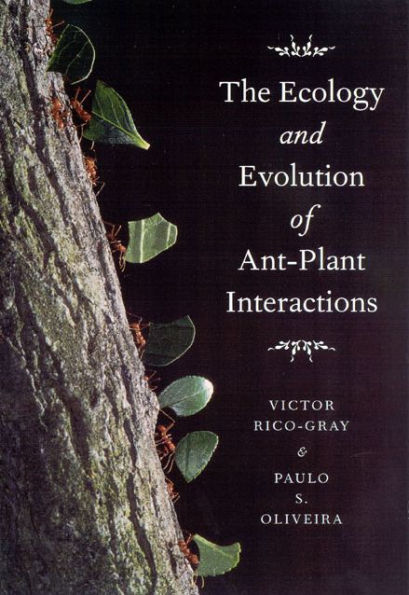5
1
9780226713489


The Ecology and Evolution of Ant-Plant Interactions / Edition 1 available in Paperback

The Ecology and Evolution of Ant-Plant Interactions / Edition 1
- ISBN-10:
- 0226713482
- ISBN-13:
- 9780226713489
- Pub. Date:
- 07/15/2007
- Publisher:
- University of Chicago Press
- ISBN-10:
- 0226713482
- ISBN-13:
- 9780226713489
- Pub. Date:
- 07/15/2007
- Publisher:
- University of Chicago Press
40.0
In Stock

Product Details
| ISBN-13: | 9780226713489 |
|---|---|
| Publisher: | University of Chicago Press |
| Publication date: | 07/15/2007 |
| Series: | Interspecific Interactions |
| Edition description: | New Edition |
| Pages: | 320 |
| Product dimensions: | 6.00(w) x 9.00(h) x 0.90(d) |
About the Author
From the B&N Reads Blog
